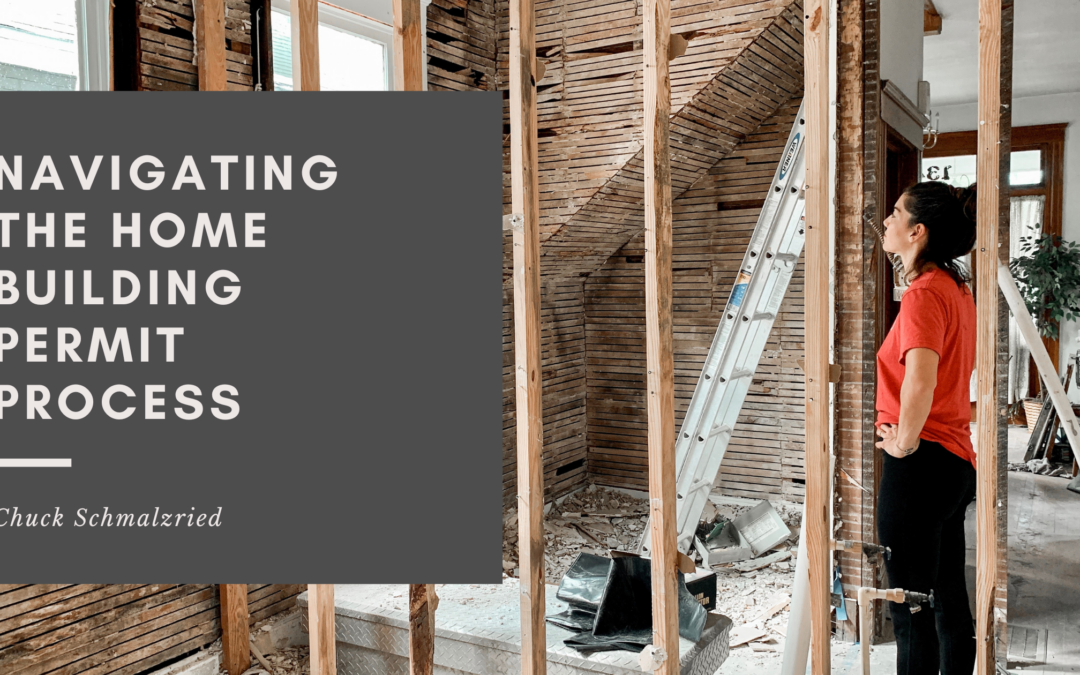Securing the necessary permits for your home building project is a critical step that can significantly impact the timeline and success of your endeavor. Understanding the permit process can help you navigate potential pitfalls and ensure compliance with local regulations. This blog will outline the key steps involved in obtaining building permits for your new home.
Understanding Permit Types
Before you begin the application process, it’s important to understand the different types of permits you may need. Common permits include:
- Building Permit: Required for most construction projects, ensuring compliance with building codes.
- Electrical Permit: Necessary for any electrical work, ensuring safety and compliance with local codes.
- Plumbing Permit: Required for plumbing installations or modifications.
- Mechanical Permit: Needed for HVAC systems and other mechanical installations.
Researching Local Regulations
Each locality has its own regulations regarding permits, so it’s essential to research the specific requirements in your area. Visit your local government’s website or contact the building department to understand what permits you will need and any associated fees. Some areas may have additional regulations, such as zoning laws or historical preservation guidelines.
Preparing Your Application
Once you know what permits are required, it’s time to prepare your application. This may include submitting detailed plans, specifications, and drawings of your project. Consider hiring a professional architect or designer to help prepare these documents, as they will ensure compliance with local building codes and standards.
Submitting Your Application
After completing your application, submit it to the appropriate local authority. Be prepared to pay any required fees and provide additional documentation if requested. The review process can take time, so it’s wise to apply as early as possible to avoid delays in your construction timeline.
Navigating the Review Process
Once your application is submitted, it will undergo a review process to ensure compliance with building codes and regulations. Be prepared for potential revisions or additional requirements. Communicate with your local building department to address any questions or concerns they may have during this process.
Receiving Your Permits
Once your application is approved, you will receive the necessary permits to proceed with construction. Keep a copy of all permits on-site, as inspectors may request to see them during construction. It’s essential to adhere to the conditions outlined in the permits to avoid fines or delays.
Scheduling Inspections
Most construction projects require inspections at various stages. Familiarize yourself with the inspection schedule outlined in your permits and coordinate with your builder to ensure compliance. Inspections may include foundation, framing, electrical, plumbing, and final inspections.
Navigating the home building permit process can be complex, but understanding the requirements and being proactive can help streamline the experience. By conducting thorough research, preparing a complete application, and adhering to local regulations, you can ensure that your home-building project proceeds smoothly and legally. Securing the necessary permits is a crucial step in bringing your dream home to life.

